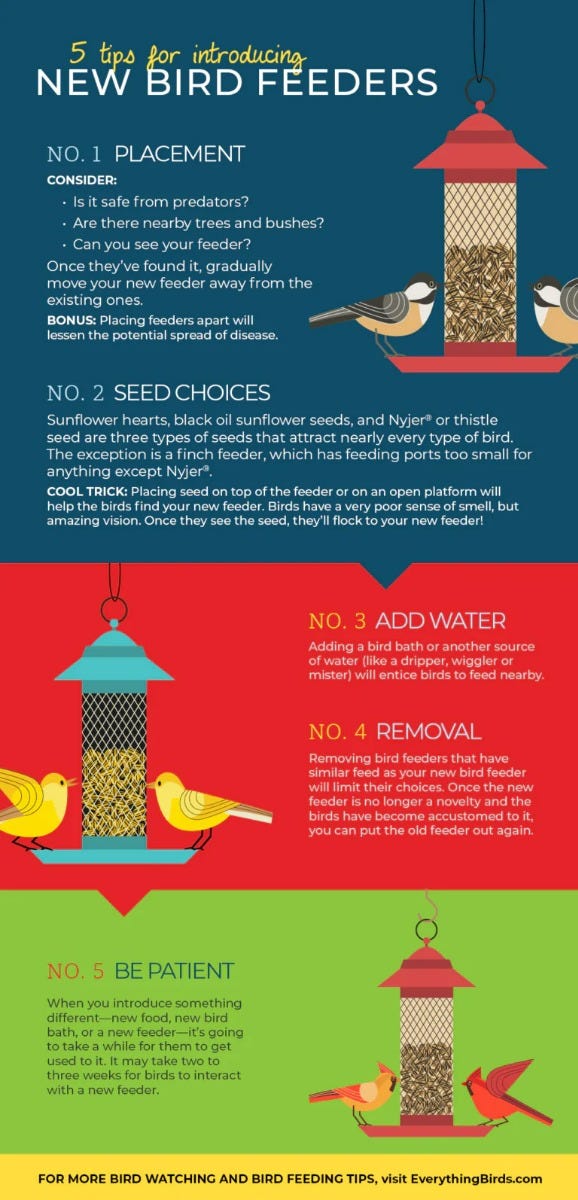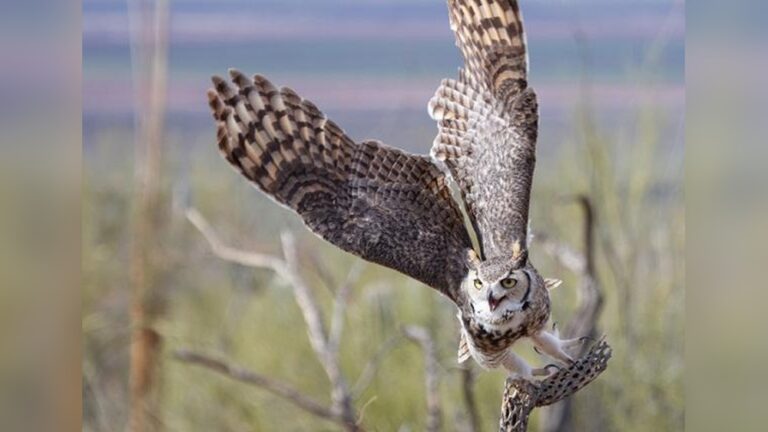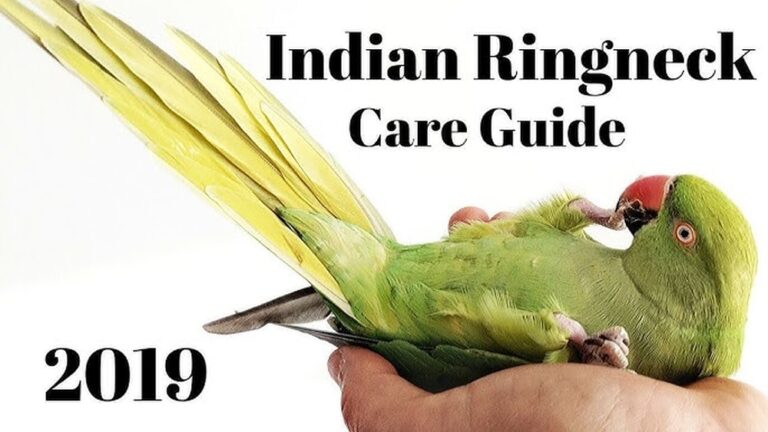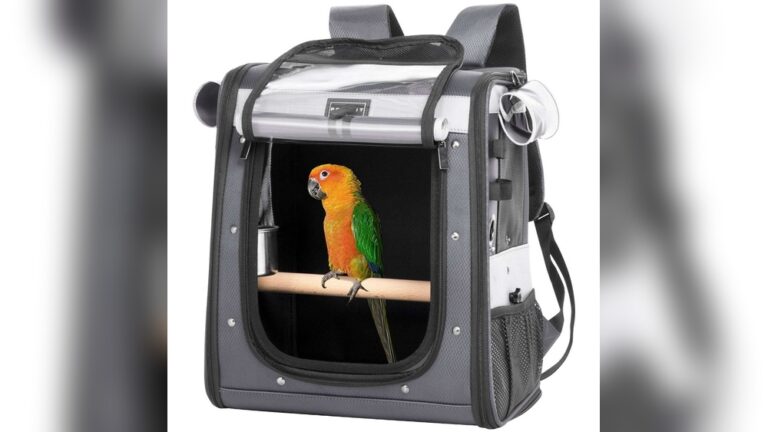Attracting Songbirds To Your Backyard
Imagine stepping outside your door to the sweet songs of colorful birds filling the air. You can turn your backyard into a lively haven for songbirds with just a few simple changes.
Attracting these beautiful creatures not only brightens your space but also brings peace and joy to your everyday life. Ready to learn how to create a bird-friendly paradise that keeps them coming back? Let’s dive into easy, effective tips that will make your backyard the favorite spot for songbirds.

Credit: www.perkypet.com
Choosing The Right Plants
Choosing the right plants is key to attracting songbirds to your backyard. Plants provide food, shelter, and nesting spots. Select plants that meet the needs of local birds. This helps create a safe and inviting space.
Native Flowers And Shrubs
Native flowers and shrubs fit well with your local environment. Birds are familiar with these plants and often rely on them. They offer nectar, seeds, and insects that songbirds eat. Native plants also need less water and care.
Berry-producing Bushes
Berry-producing bushes supply a tasty snack for many birds. They provide energy-rich food especially in fall and winter. Choose bushes like elderberry, holly, or dogwood. These bushes also add color and texture to your garden.
Seasonal Bloom Selection
Pick plants that bloom in different seasons. This ensures food is available year-round. Early spring flowers attract insects for birds to eat. Summer blooms provide nectar and seeds. Fall plants offer berries and shelter before winter.

Credit: www.amazon.com
Providing Food Sources
Providing food sources is key to attracting songbirds to your backyard. Birds need energy for flying, nesting, and singing. Offering the right food invites them to visit often. This keeps your garden lively and full of song.
Types Of Bird Feeders
Choose feeders that suit different bird species. Tube feeders attract finches and chickadees. Platform feeders work well for larger birds. Suet feeders bring woodpeckers and nuthatches. Place feeders at safe spots away from predators.
Best Seeds For Songbirds
Black oil sunflower seeds are favorites for many birds. They have thin shells and high nutrition. Nyjer seeds attract tiny finches like goldfinches. Millet is good for ground-feeding birds. Avoid cheap mixed seeds with filler grains.
Supplemental Foods And Treats
Offer mealworms to attract insect-eating birds. Fruit pieces like apples and oranges appeal to thrushes and orioles. Suet cakes provide fat and energy in cold months. Fresh water alongside food helps birds stay healthy.
Creating Water Features
Creating water features in your backyard invites songbirds to visit often. Birds need water to drink and bathe. A water source makes your garden lively and attractive to many bird species. Simple water features can quickly become a favorite spot for birds.
Birdbaths And Fountains
Birdbaths offer a safe place for birds to drink and clean their feathers. Choose shallow bowls or basins about 1 to 2 inches deep. Place them near shrubs or trees for cover. Fountains add movement and sound, making the area more inviting. Small, gentle fountains work best for delicate birds.
Maintaining Clean Water
Clean water keeps birds healthy and coming back. Change the water every two to three days. Scrub birdbaths with a brush to remove algae and dirt. Avoid using soap or chemicals. Clean water prevents diseases and encourages regular visits.
Attracting Birds With Moving Water
Moving water catches birds’ attention more than still water. Drippers, misters, or small waterfalls create gentle movement. These sounds mimic natural streams and rain. Moving water helps birds spot your backyard from afar. It also keeps water fresh and oxygenated.
Offering Shelter And Nesting Spots
Providing shelter and nesting spots is key to attracting songbirds to your backyard. Birds need safe places to rest and raise their young. Offering the right kind of shelter helps them feel secure. It also encourages them to visit often and stay longer.
Building Birdhouses
Birdhouses give birds a safe place to build nests. Choose houses with the right size opening for local birds. Place birdhouses in quiet areas, away from predators. Clean houses regularly to keep birds healthy. Use wood materials that breathe well for comfort.
Using Natural Cover
Trees and shrubs offer natural shelter for songbirds. Dense bushes protect birds from wind and predators. Plant native trees that provide good cover and food. Let some parts of your garden grow wild. This creates a safe space for birds to hide and rest.
Safe Nesting Materials
Birds need soft materials to build comfortable nests. Offer clean twigs, dry grass, and feathers. Avoid materials with chemicals or sharp edges. Place these materials in open containers or on the ground. Birds will collect them to build strong nests.
Avoiding Hazards
Attracting songbirds to your backyard is a joy. Protecting them is just as important. Avoiding hazards keeps birds safe and encourages visits. Small changes in your yard can make a big difference. Here are some ways to reduce risks for songbirds.
Reducing Window Collisions
Birds often crash into clear or reflective windows. They see the sky or trees but don’t realize glass is there. Place decals or stickers on windows to break reflections. Close curtains or blinds when not home. Move feeders away from windows to reduce sudden flights. These steps help birds avoid dangerous crashes.
Keeping Pets Away
Cats and dogs can scare or hurt songbirds. Keep pets indoors or in a fenced area. Supervise pets when outside. Create safe spots with dense shrubs where birds can hide. This gives birds a refuge from predators. A pet-free zone helps birds feel safe and stay longer.
Minimizing Pesticide Use
Pesticides harm birds and their food sources. Avoid using chemicals in your garden. Use natural methods to control pests. Plant native plants that attract insects birds eat. Healthy gardens support healthy birds. Reducing pesticides creates a safe environment for songbirds.
Seasonal Tips
Attracting songbirds to your backyard changes with the seasons. Each season needs special care. Birds need different foods and shelter throughout the year. Knowing what to do each season helps you keep birds happy and healthy. Here are some easy tips for winter, spring, summer, and migration times.
Winter Feeding Strategies
Winter is tough for birds. Food is scarce, and cold weather drains their energy. Offer high-energy foods like sunflower seeds and suet. Keep feeders clean and filled regularly. Provide fresh water by using heated birdbaths. Place feeders near trees or shrubs for shelter from wind and predators.
Spring And Summer Care
Spring and summer bring nesting and feeding young birds. Offer foods rich in protein like mealworms and chopped fruits. Provide fresh water for drinking and bathing. Plant native flowers and shrubs to attract insects, a natural food source. Avoid using pesticides to keep the environment safe for birds.
Preparing For Migration
Many songbirds migrate in fall and spring. Help them refuel by offering high-fat and high-sugar foods like berries and black oil sunflower seeds. Keep feeders active during migration seasons. Create safe resting spots with dense shrubs and trees. Avoid disturbing birds during this critical time.
:strip_icc()/garden-for-songbirds-ca53222a0c1c40689013c6af4fafc90b.jpg)
Credit: www.bhg.com
How Smart Pets Lover Can Help You with Attracting Songbirds To Your Backyard
Learning from Nature: A Hands-On Approach to Attracting Songbirds
Inviting songbirds into your backyard isn’t just about creating a pretty scene—it’s a wonderful chance to deepen your connection with nature and sharpen your observation skills. By thoughtfully choosing native plants and providing safe shelter, you create a living classroom where you can watch bird behaviors unfold in real time. For example, noticing which plants attract specific species or how water features influence their daily routines offers practical insights into local ecology.
- Observe seasonal changes to understand migration patterns.
- Note feeding preferences when offering various seeds and fruits.
- Identify nesting habits by providing diverse shelter options.
As a community that values every chirp as part of a larger story, Smart Pets Lover encourages you to document these moments. Sharing your findings can inspire others and enhance your own learning journey. For additional resources on bird-friendly gardening or to connect with fellow enthusiasts, consider reaching out to local wildlife organizations or visiting trusted platforms dedicated to pet and wildlife care.
Remember, every small effort nurtures a vibrant backyard ecosystem and enriches your experience as a compassionate pet parent and nature lover.
Frequently Asked Questions
How Do I Attract Songbirds To My Backyard?
Provide native plants, fresh water, and bird feeders with seeds. Avoid pesticides and create shelter with shrubs or trees. These steps offer food, water, and safety, making your backyard inviting for songbirds.
What Types Of Bird Feeders Are Best For Songbirds?
Tube feeders, platform feeders, and suet feeders attract various songbirds. Tube feeders suit small birds, while platform feeders welcome diverse species. Suet feeders provide high-energy food, especially in winter.
Which Plants Attract The Most Songbirds?
Native plants with berries, seeds, and nectar attract songbirds. Examples include sunflowers, coneflowers, and serviceberry. These plants offer natural food and shelter, encouraging songbirds to visit and stay.
How Important Is Water For Attracting Songbirds?
Water is essential for drinking and bathing. A clean birdbath or small pond attracts more birds. Change water regularly to prevent mosquitoes and keep it fresh for songbirds.
Conclusion
Attracting songbirds to your backyard brings joy and nature close. Plant native flowers and trees that provide food and shelter. Keep fresh water available for drinking and bathing. Use feeders with seeds that birds prefer. Avoid using chemicals that harm birds or their habitat.
Patience helps as birds slowly discover your yard. Enjoy the peaceful songs and lively visits every day. Your efforts create a safe space for beautiful wildlife. Start small, watch closely, and learn from each visit. Nature rewards kindness with vibrant colors and sweet sounds.





